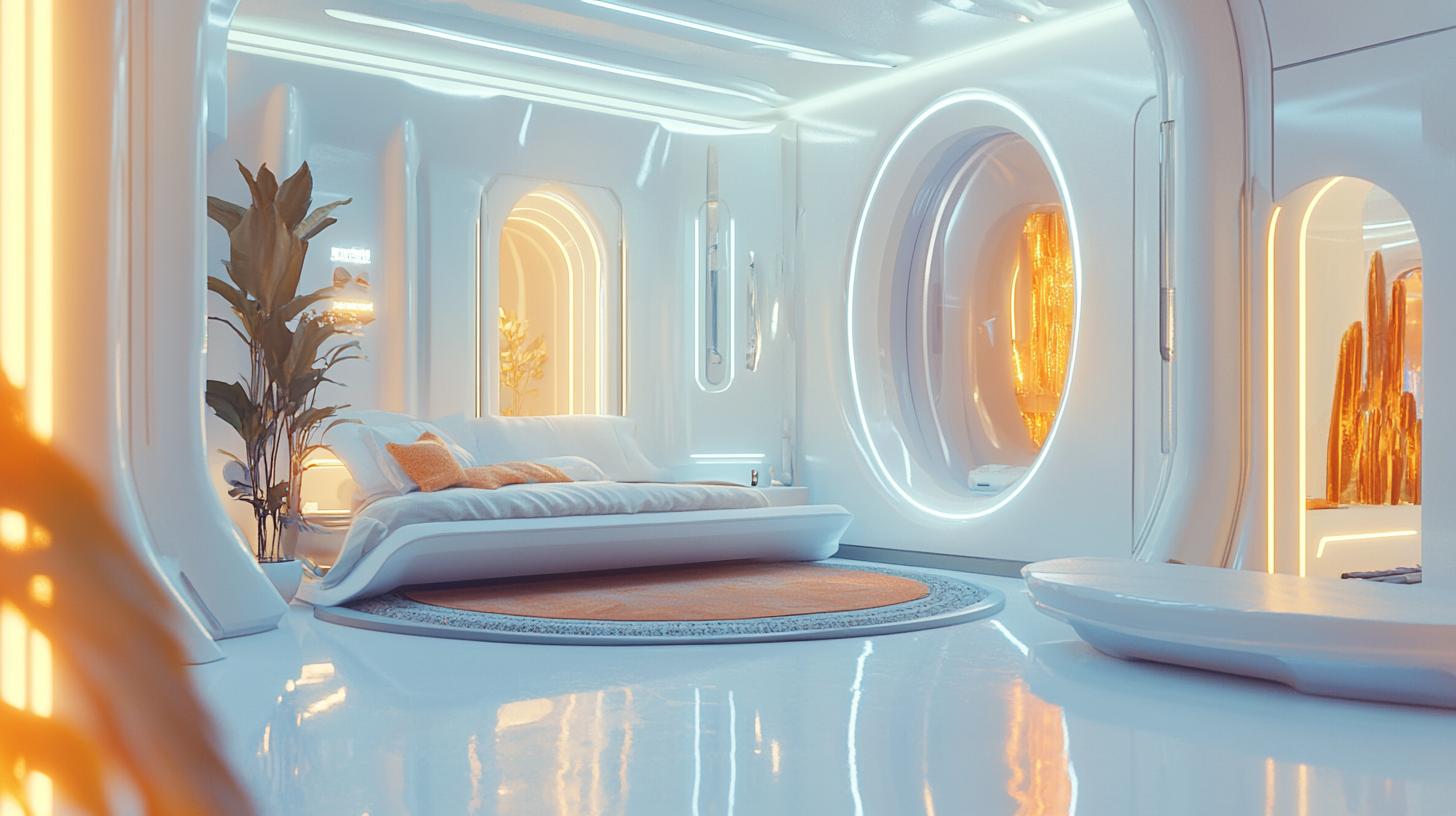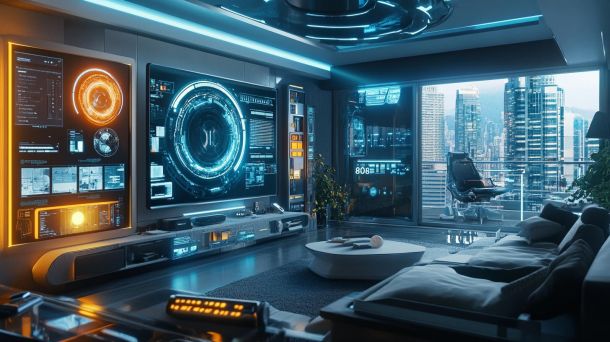Generative Design Principles: Transforming Spaces in 2025
Generative design principles are transforming how we conceptualize and create living spaces, blending cutting-edge technology with human-centric design. By leveraging advanced algorithms and artificial intelligence, designers can now generate multiple design solutions that adapt to individual family needs and preferences.

At its core, generative design represents a paradigm shift from traditional design approaches. Unlike conventional methods that rely solely on human creativity, this innovative approach uses computational power to generate numerous design iterations. Imagine having an intelligent system that can instantly create hundreds of potential room layouts, furniture configurations, and spatial solutions tailored specifically to your family’s unique lifestyle!
Understanding Generative Design Fundamentals
The magic of generative design lies in its ability to analyze complex datasets and generate optimal solutions. By inputting parameters like room dimensions, family size, lifestyle preferences, and functional requirements, designers can unleash powerful algorithms that explore design possibilities beyond human imagination.
Key Components of Generative Design
- Computational algorithms
- Machine learning capabilities
- User-specific input parameters
- Adaptive design solutions

Implementing Generative Design in Family Spaces
For modern families juggling work, life, and personal spaces, generative design offers unprecedented flexibility. These intelligent systems can recommend furniture arrangements that maximize space utilization, create multifunctional zones, and even suggest color schemes that enhance mood and productivity.
Advanced Technologies Driving Generative Design
Emerging technologies like artificial intelligence and machine learning are pushing the boundaries of what’s possible in design. Sophisticated algorithms can now analyze user behavior, predict spatial needs, and generate design solutions that evolve with your family’s changing requirements.
Benefits for Modern Families
- Personalized space optimization
- Adaptive living environments
- Enhanced functionality
- Future-proof design solutions
Pro Tip: When exploring generative design, focus on solutions that offer maximum flexibility and adaptability. Look for systems that can seamlessly integrate technology while maintaining a warm, inviting atmosphere.
As we move into 2025, generative design principles will continue to revolutionize how we think about living spaces. By embracing these intelligent design technologies, families can create homes that are not just aesthetically pleasing but also supremely functional and responsive to their unique needs.




